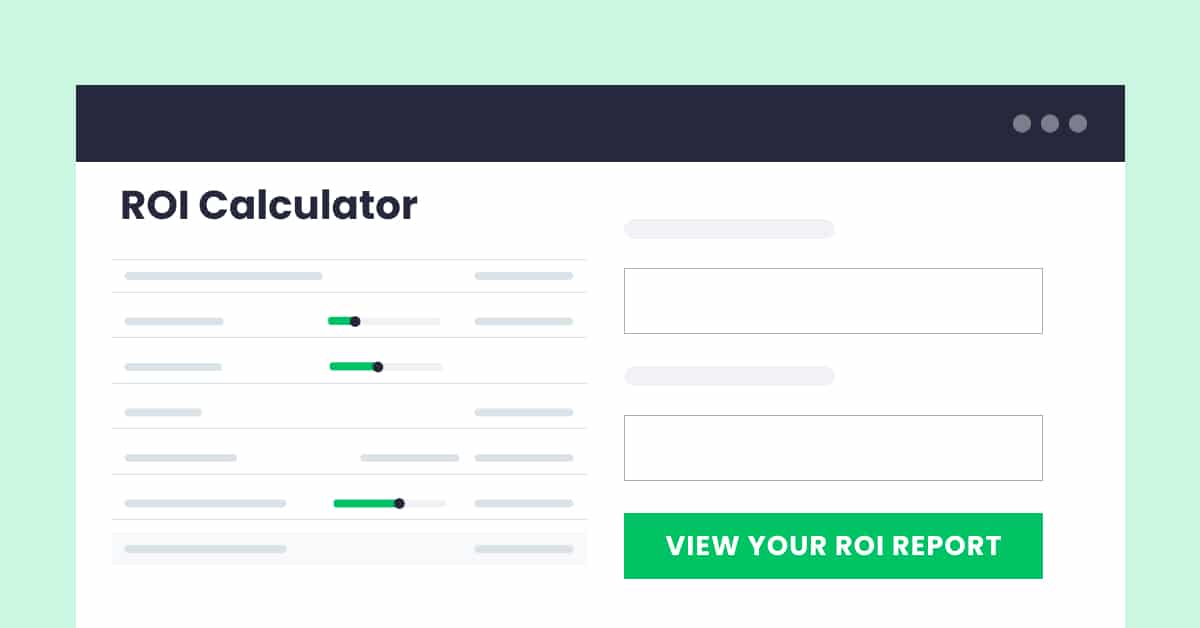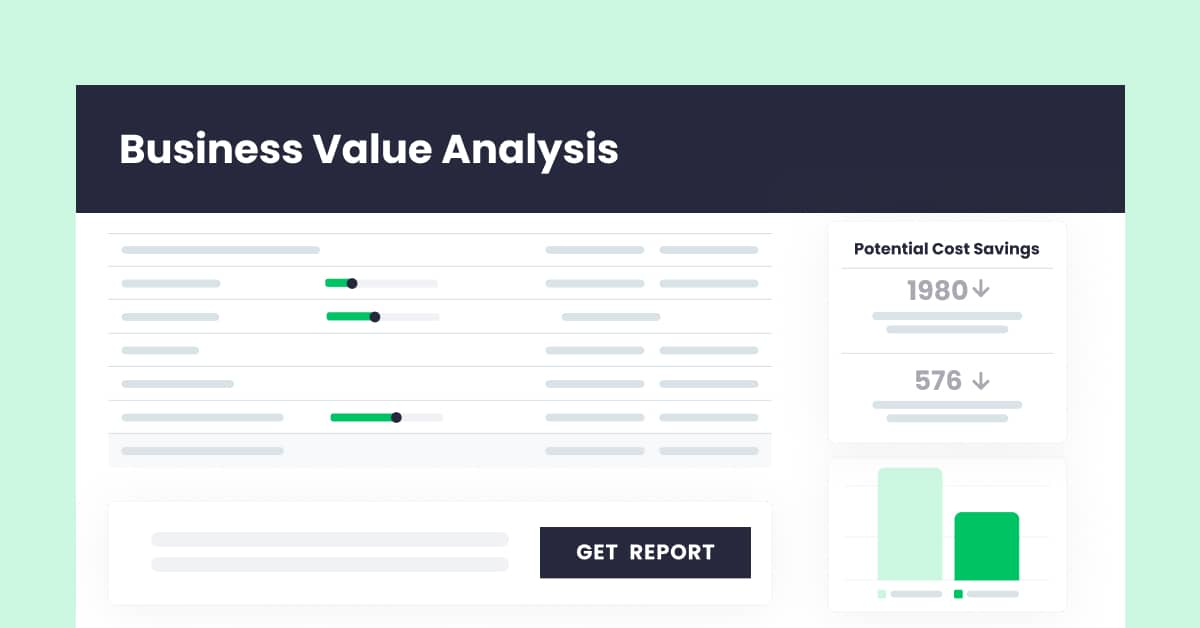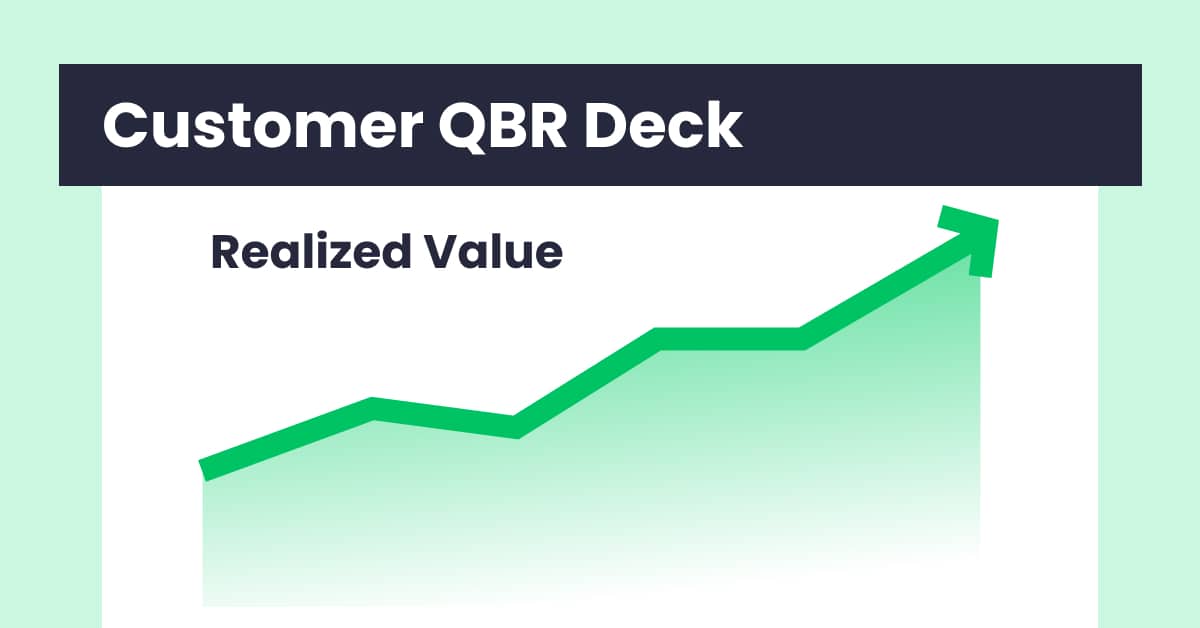We all know B2B selling is tough … but so is B2B buying! Today’s buyers are navigating a complex landscape: larger buying committees, tighter budgets, and the mantra to “do more with less.” Because of this, buyers crave value – tangible proof of how your solution solves their specific problems and delivers a clear return on investment. And that’s exactly why value selling tools are rising in popularity.
The term “value selling” often conjures up visions of ROI spreadsheets and formal business cases. And while those absolutely are important value selling tools, modern teams are embracing value tools that extend all across the customer journey – from early interactions all the way through post sale. Value tools empower your revenue team to provide critical insights and information at every customer touchpoint, in turn arming your buyers to become your best champions.That’s the power of value selling.
Let’s explore different ways you can infuse interactive value tools into your customer journey to convert your customers into raving champions and drive higher win rates, faster sales cycles and larger deal sizes.
1. Website-Based Lead Capture
Value selling should start from the moment a buyer lands on your site. Help them start to wrap their mind around exactly how your tool can solve their challenges.
By embedding an interactive tool on your website, visitors can share their key priorities, pains and even financial metrics, providing helpful details that can be used to personalize follow up. For providing that information – and their contact details, they receive a personalized report highlighting how your offering addresses their needs and quantifies potential return on their investment.

2. Maturity Assessments
Who doesn’t want to know how they compare to their peers? Early in sales conversations, sales reps can provide immense value by helping prospects benchmark where they are today. A self-service assessment can ask questions to assess the buyer’s business competencies and help them understand where they are succeeding and highlight areas for improvement. This type of valuable insight early on in the sales cycle can quickly establish sellers as trusted advisors and position your offerings as solutions to address identified gaps.

3. Discovery Tools
Good discovery is a crucial part of value selling. Sellers must uncover a customer’s pains and goals in order to paint a compelling and realistic picture of what’s possible. Using an interactive tool, sellers can walk through a series of questions with prospects to gather this key intel and provide a high level assessment of their challenges as well as a personalized report outlining potential solutions your product offers. A solid discovery tool can help your sellers uncover this critical information early on in the sales cycle and enable sellers to tailor their pitch accordingly, arming them with critical data to be able to drive urgency and help buyers understand how much the status quo is costing them.

4. Business Value Assessments
This is the most common use case people think of when it comes to value selling tools. These tools take in financial data and quantify the measurable benefits your offering delivers. This could include cost savings, increased revenue, or improved efficiency. By presenting a clear picture of the quantifiable value proposition, you strengthen your case and gain buy-in from key decision-makers like the CFO.

5. QBR Decks & Value Realization Reports
Value selling doesn’t stop once a deal is signed. Customer retention is as important as acquisition and the best way to keep your customers is to ensure they see the value your offering is providing. Value tools can help paint a picture of all the value that’s been realized from your offering. This tool gathers data on key performance indicators (KPIs) and translates it into visually compelling reports that can be used during Quarterly Business Reviews (QBRs) to demonstrate the ongoing value your product delivers.

When used throughout the sales cycle, interactive value selling tools are powerful content assets that can help your team capture high-quality leads (and information about those leads!), educate and engage prospects, effectively communicate your value proposition, drive faster deal cycles and build stronger customer relationships.

Comments are closed.